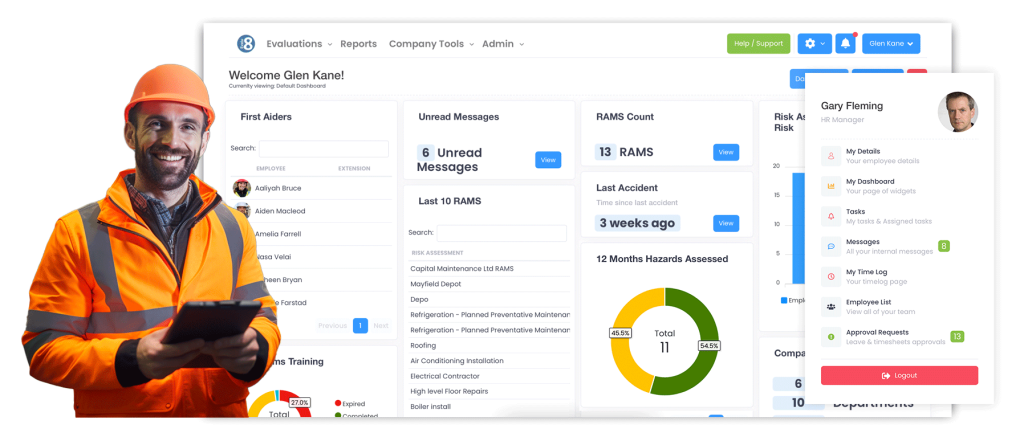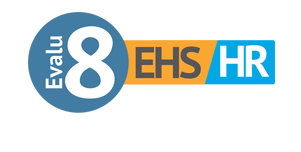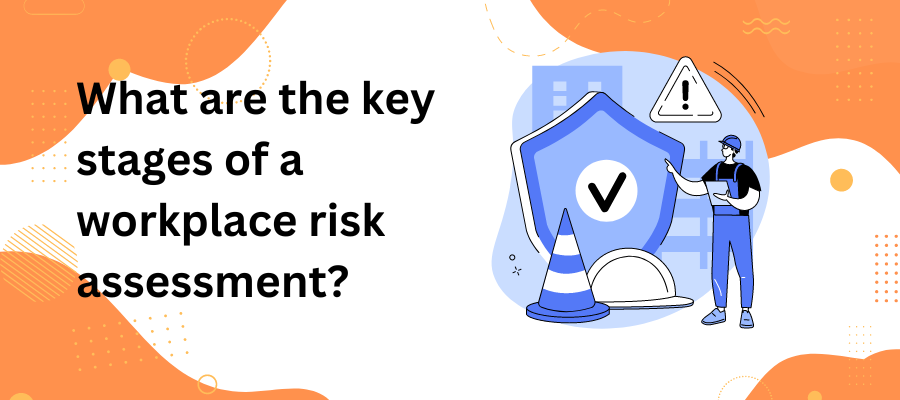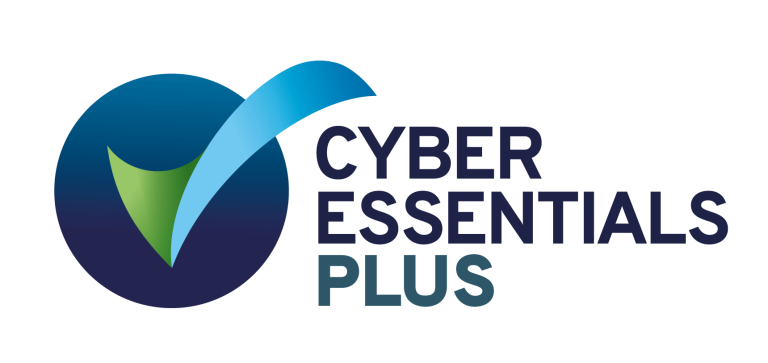What are the key stages of a workplace risk assessment?
A workplace risk assessment is a crucial process that helps identify potential hazards and evaluate risks in order to ensure the safety and well-being of employees. By following a systematic approach, organizations can effectively manage risks and create a safer work environment. In this article, we will explore the key stages of a workplace risk assessment, the importance of risk assessment, practical examples, as well as common mistakes to avoid.
Understanding the Importance of Workplace Risk Assessment
Risk assessment is a fundamental aspect of any workplace safety program. It helps organizations identify potential hazards and assess the level of risk associated with them. By conducting risk assessments, employers can detect and address safety concerns before they escalate into accidents or injuries.
Workplace risk assessment plays a crucial role in ensuring the well-being of employees. It involves a systematic process of evaluating potential hazards, analyzing risks, and implementing control measures to mitigate those risks. This proactive approach helps organizations create a safe and healthy work environment for their employees.
Why is risk assessment crucial in a workplace?
Risk assessment allows organisations to:
- Protect employees from harm
One of the primary reasons for conducting risk assessments is to protect employees from harm. By identifying potential hazards and assessing the associated risks, employers can implement effective control measures to minimize the likelihood of accidents, injuries, and illnesses. This not only ensures the physical well-being of employees but also promotes a sense of trust and confidence in the workplace.
- Comply with legal requirements
Another crucial aspect of risk assessment is ensuring compliance with legal requirements. Employers have a legal obligation to provide a safe working environment for their employees. Regulatory bodies enforce these requirements to prevent workplace accidents and protect workers’ rights. By conducting regular risk assessments, organizations demonstrate their commitment to meeting these legal obligations and safeguarding the well-being of their workforce.
- Minimize financial losses due to workplace incidents
Workplace incidents can result in significant financial losses for organizations. From medical expenses and compensation claims to property damage and legal fees, the costs associated with accidents and injuries can be substantial. Risk assessment helps organizations identify potential hazards and implement control measures to minimize the likelihood of incidents. By preventing workplace accidents, organizations can avoid these financial losses and maintain their financial stability.
- Create a culture of safety and well-being
Conducting risk assessments fosters a culture of safety and well-being within an organization. It sends a clear message to employees that their safety is a top priority. By involving employees in the risk assessment process, organizations encourage active participation and engagement in safety initiatives. This collaborative approach not only enhances the effectiveness of risk assessments but also promotes a positive work environment where employees feel valued and supported.
.
The legal requirements for risk assessment
Employers are legally obligated to carry out risk assessments to ensure the safety of their employees. Regulatory bodies enforce these requirements to prevent workplace accidents and protect workers’ rights. Failing to conduct risk assessments can result in legal consequences and reputational damage for organizations.
Various regulations and standards outline the legal requirements for risk assessment in different industries. For example, in the United States, the Occupational Safety and Health Administration (OSHA) requires employers to identify and assess workplace hazards through a systematic process. Similarly, the European Union has directives in place that mandate risk assessments to protect the health and safety of workers.
By complying with these legal requirements and conducting regular risk assessments, organizations not only avoid potential penalties and legal consequences but also demonstrate their commitment to creating a safe and healthy work environment for their employees.
The Five Key Stages of a Workplace Risk Assessment
Stage 1: Identifying Hazards
The first stage of a risk assessment involves identifying potential hazards in the workplace. This can include anything from physical hazards, such as slippery floors or faulty machinery, to ergonomic or psychological hazards.
Stage 2: Determining Who Might be Harmed and How
Once hazards have been identified, the next step is to determine who might be affected by these hazards and how they might be harmed. This can include employees, visitors, or contractors.
Stage 3: Evaluating Risks and Deciding on Precautions
In this stage, the identified hazards are assessed to determine the level of risk they pose. Employers must evaluate the likelihood and severity of potential harm and decide on appropriate precautions to mitigate these risks. This can include implementing safety equipment, providing training, or modifying work procedures.
Stage 4: Recording Significant Findings
It is essential to keep a record of the significant findings obtained during the risk assessment process. These records can prove useful for future references, audits, or when updating the risk assessment.
Stage 5: Reviewing and Updating the Risk Assessment
Risk assessments should not be a one-time activity. Employers must periodically review and update the risk assessment to ensure its relevancy and effectiveness. Changes in work processes or the introduction of new hazards may require adjustments to manage risks adequately.
Practical Examples of Workplace Risk Assessment
Risk assessment in an office environment
In an office environment, common hazards can include improperly maintained electrical equipment, poor ergonomics, or even psychological factors like stress. Through a comprehensive risk assessment, employers can develop strategies to minimize these risks, such as providing ergonomic furniture, training employees on proper workstation setup, and implementing stress management programs.
Risk assessment in a construction site
In a construction site, hazards can be more diverse and predominantly physical. Risk assessments in construction focus on ensuring the safety of workers exposed to potential falls, heavy machinery, or hazardous substances. Measures taken might include the provision of protective gear, implementing safety protocols, and continuous monitoring of work practices to identify potential dangers.
Common Mistakes in Conducting Workplace Risk Assessments
Overlooking certain hazards
One common mistake organizations make is failing to identify or overlook hazards during the risk assessment process. This can be due to lack of knowledge or a rushed assessment. Thorough assessments are necessary to ensure all potential risks are identified and properly managed.
Neglecting to involve employees
Employees often possess valuable insights and knowledge about their work processes and environment. Neglecting to involve them in the risk assessment process can lead to overlooking critical hazards. Communication and collaboration between employers and employees are essential to ensure a comprehensive risk assessment.
In conclusion, conducting a workplace risk assessment is critical for maintaining a safe and healthy work environment. By following the key stages of risk assessment, organizations can identify hazards, evaluate risks, and implement necessary precautions. Practical examples further illustrate the importance of risk assessment in different workplace settings, while common mistakes highlight the need for thoroughness and employee involvement. By prioritizing risk assessments, organizations can foster a culture of safety and protect their most valuable asset – their employees.
Watch a 5 minute video of Evalu-8 EHS
“It has brought all of our health and safety under one roof and made it easy for me to see all the data”
Get to see exactly how our software can work within your current processes to help your organisation grow a positive safety culture.




